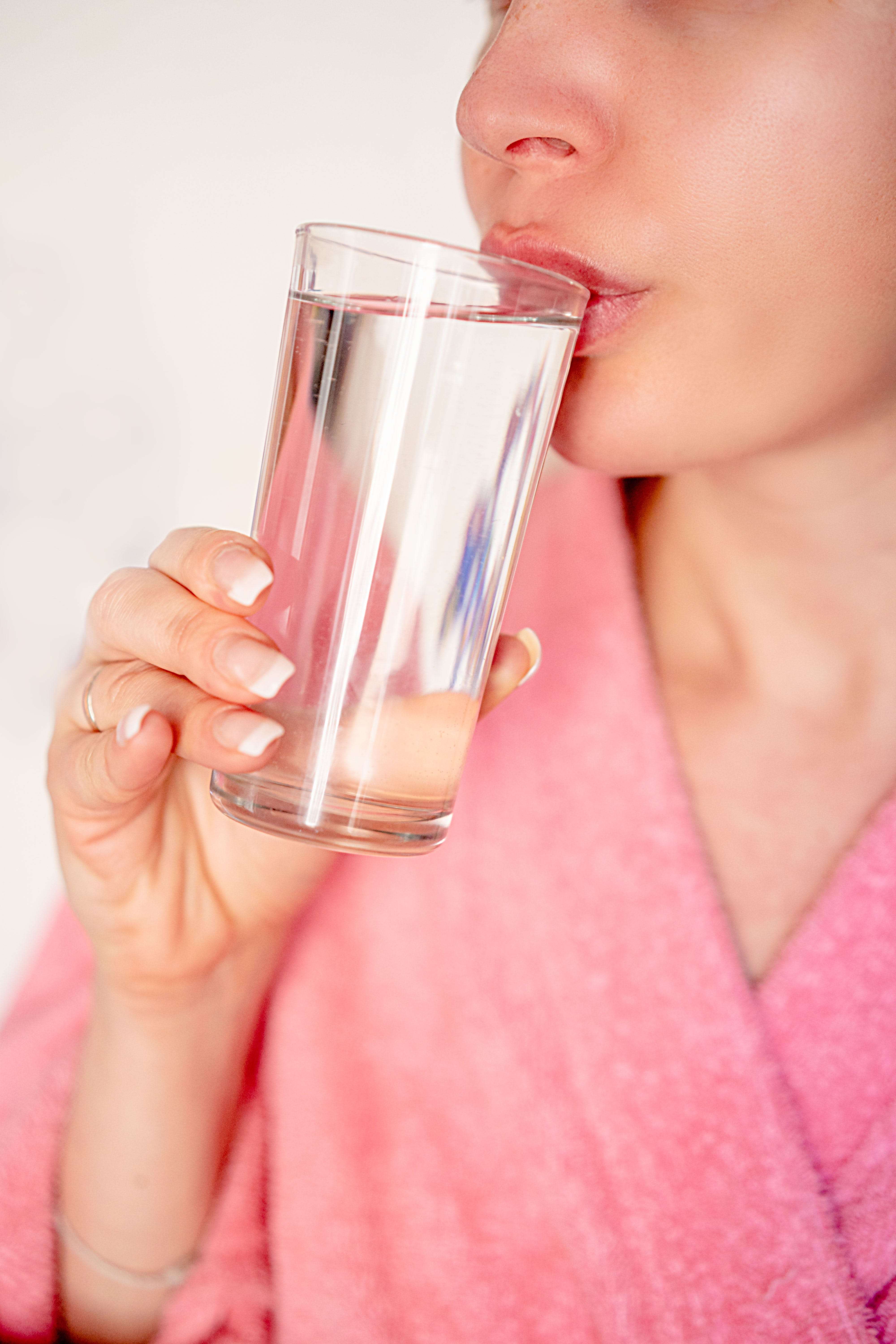Understanding Drinking Water: Ensuring Safe and Consumable Water
Table of Contents
Drinking water, or consumable water, is an essential resource vital for sustaining life. It refers to water that is safe for consumption, meeting specific quality standards to ensure it does not pose any health risks. Access to clean and safe drinking water is fundamental for maintaining good health and preventing waterborne diseases.
The quality of drinking water is determined by various factors, including its source, treatment process, and distribution system. Sources of drinking water can range from groundwater (wells and springs) to surface water (rivers, lakes, and reservoirs). However, regardless of the source, water must undergo treatment to remove impurities, pathogens, and contaminants.
The treatment of drinking water typically involves several stages such as filtration, disinfection, and sometimes additional processes like sedimentation or chemical treatments to ensure it meets the required standards. This treatment eliminates harmful bacteria, viruses, chemicals, and other pollutants, making the water safe for consumption.
Key parameters are considered when evaluating the quality of drinking water. These include pH levels, turbidity, dissolved oxygen content, presence of heavy metals, microbial contaminants, and chemical substances. Adhering to specific limits for these parameters ensures that drinking water is safe and free from potential health hazards.
Regular monitoring and testing of drinking water quality are crucial to guarantee its safety. Governmental regulatory bodies and health organizations set standards and guidelines that water suppliers must comply with to ensure the provision of safe drinking water to the public.
Consumers also play a role in safeguarding the quality of their drinking water. Proper storage methods and regular maintenance of household water systems, such as cleaning water containers and filters, contribute to maintaining the integrity of the water supply.
In conclusion, drinking water, or consumable water, is indispensable for life and must meet stringent safety standards to protect public health. Access to clean and safe drinking water remains a global priority, emphasizing the importance of continuous monitoring, treatment, and adherence to established quality standards throughout the entire water supply chain.
Remember, prioritizing the availability and maintenance of safe drinking water is essential for a healthier and more sustainable future for all.
Drinking water or consumable water is the lifeblood of humanity, essential for sustaining life and ensuring good health. It refers to water that is safe for consumption, free from harmful contaminants, and suitable for drinking without posing health risks.

Characteristics of Consumable Water
- Purity: Consumable water must meet stringent purity standards, free from pollutants, harmful chemicals, and pathogens. Common contaminants like bacteria, viruses, heavy metals, and chemicals must be absent or within safe limits.
- Clarity: Clear and transparent, consumable water lacks turbidity or cloudiness caused by suspended particles or impurities. It should appear clean and fresh, signaling its safety for consumption.
- Taste and Odor: Safe drinking water is typically odorless, colorless, and has a neutral taste. Unpleasant smells or tastes may indicate the presence of impurities or chemicals.
- Chemical Composition: Consumable water should adhere to specific chemical composition standards, ensuring balanced pH levels and the absence of harmful substances like arsenic, lead, chlorine, or fluoride beyond safe concentrations.
Sources of Consumable Water
- Treated Tap Water: Municipalities treat water to meet safety standards before distributing it through taps. Advanced filtration, disinfection, and quality checks ensure its suitability for consumption.
- Bottled Water: Produced by various companies, bottled water undergoes purification processes to eliminate impurities, providing a portable source of consumable water.
- Natural Springs and Wells: Some natural sources like springs or wells can offer consumable water. However, thorough testing is crucial, as natural sources may also be prone to contamination.
Ensuring Access to Safe Drinking Water
- Water Testing: Regular testing of water sources, whether from taps or natural reservoirs, helps ensure the continued safety of consumable water.
- Water Treatment: Employing effective treatment methods like filtration, chlorination, or distillation can eliminate impurities and pathogens, rendering water safe for consumption.
- Public Awareness: Educating communities about water safety, proper storage, and hygiene practices is pivotal in maintaining the quality of consumable water.
In conclusion, consumable water, whether sourced from public systems, bottled sources, or natural reservoirs, must adhere to strict standards of purity, clarity, taste, and chemical composition. Access to safe drinking water remains a fundamental right, and ensuring its quality is vital for global health and well-being.




